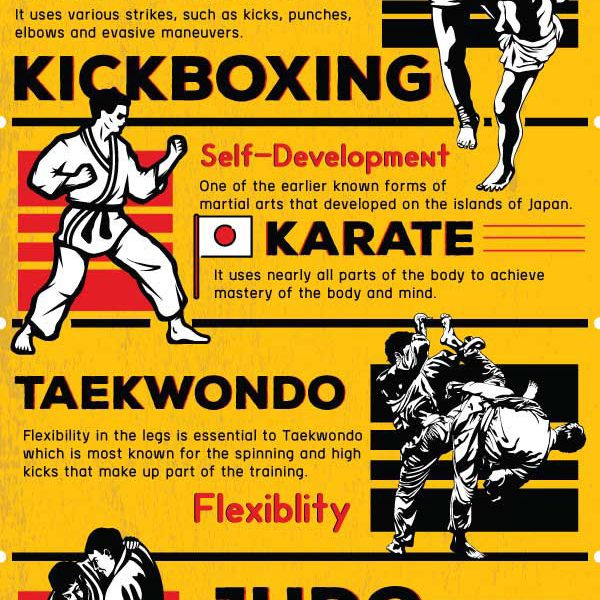Exactly How Do The Discipline-Centered Strategy Of Typical Martial Arts And The Competition-Driven Nature Of Modern Combat Sporting Activities Vary? Discover The Significant Differences That Can Form Your Experience
Exactly How Do The Discipline-Centered Strategy Of Typical Martial Arts And The Competition-Driven Nature Of Modern Combat Sporting Activities Vary? Discover The Significant Differences That Can Form Your Experience
Blog Article
Short Article Developed By-Skovbjerg Hovgaard
When you consider martial arts, do you lean more towards the typical practices or the contemporary combat sporting activities? Each path supplies unique advantages and experiences, formed by their approaches and training techniques. Traditional martial arts stress individual growth and discipline, while modern-day fight sports concentrate on competitors and performance. Understanding these differences can direct you in picking the appropriate technique for your trip. Yet how do these differences manifest in training and ideology?
The Viewpoint and Background Behind Typical Martial arts
While many individuals connect martial arts with physical combat, the approach and history behind conventional martial arts run much deeper. You'll find that these self-controls stress personal growth, technique, and respect.
Originating from old techniques, traditional martial arts were usually established for Self-Defense and spiritual growth. martial arts to practice at home symbolize principles such as balance, consistency, and self-discipline, guiding professionals past simple fighting skills.
As you educate, you'll not just learn methods but likewise acquire insights right into the culture and values that formed these arts. The routines and customs, often passed down through generations, foster a feeling of area and belonging.
The Competitive Nature of Modern Combat Sports
Modern fight sports have transformed the landscape of martial arts into a highly affordable sector, where athletes face off in a test of ability, technique, and endurance.
You'll notice that competitions are often organized with strict guidelines and policies, guaranteeing fair game and safety and security. These occasions bring in big audiences, fueling the enjoyment and strength of matchups.
Professional athletes educate rigorously, not just for physical expertise yet likewise for mental sturdiness, recognizing that every detail counts in the ring. The adrenaline rush throughout competitions is apparent, as competitors push their limitations to declare triumph.
Followers value the athleticism and virtuosity entailed, making modern battle sporting activities a thrilling phenomenon that remains to progress and mesmerize lovers around the world.
Training Methods and Strategies: A Comparative Analysis
The affordable environment of modern fight sporting activities demands ingenious training methods that differ dramatically from standard martial arts.
In contemporary training, you'll concentrate on certain strategies, competing, and conditioning, frequently using drills that mimic genuine fight circumstances. You'll see an emphasis on measurable efficiency and constant competitors to examine your abilities.
On the other hand, standard martial arts prioritize kinds, katas, and thoughtful teachings, typically stressing technique and respect over competition.
simply click the following web site is generally less intense and may involve repeated practice instead of real-time sparring.
While both methods develop ability and physical fitness, contemporary battle sporting activities give a more dynamic and adaptable training environment, preparing you for prompt difficulties in the ring or cage.
Select the course that lines up with your objectives and rate of interests.
Final thought
In choosing between conventional martial arts and modern battle sports, it really comes down to what you value many. If you're searching for individual development, discipline, and a sense of area, typical arts could be your best fit. However if you grow on competitors and real-time obstacles, contemporary fight sports could be the method to go. Ultimately, both courses use distinct advantages, so it's everything about aligning your training with your personal objectives and passions.
